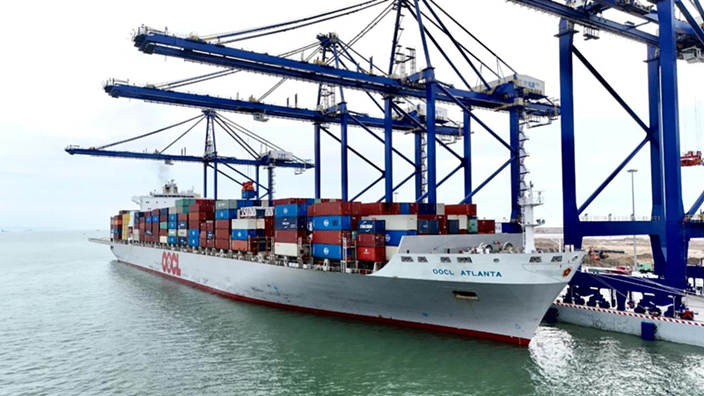
Editor's note
When the first phase of the Hainan Provincial Museum officially opened to the public on November 15, 2008, it became China's youngest comprehensive provincial museum. Now an important cultural landmark and window for displaying Hainan, the museum has—over the past 15 years— diligently fulfilled its mission to enhance and shape the province's cultural influence.
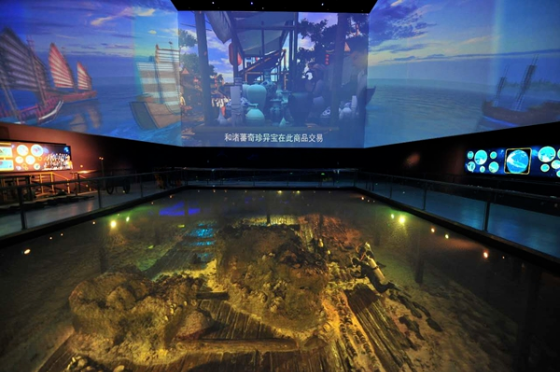
"Huaguang Reef I" shipwreck provided by Hainan Provincial Museum.
Ever since it was opened to the public in 2008, the Hainan Provincial Museum has been a thriving cultural institution. These 15 years one of its most famous historical and cultural relics is the mottled remains of a boat discovered in the Xisha Islands.
Lacking information on the boat's original name, researchers call it the "Huaguang Reef I” for the offshore location where it was found by fishermen in 1996, the wreck was about 3m below water in the south of Yongle Islands. A first in Chinese underwater archeology, pieces of the wreck were carefully brought to the surface and transported to Haikou for conservation work beginning in 2007.
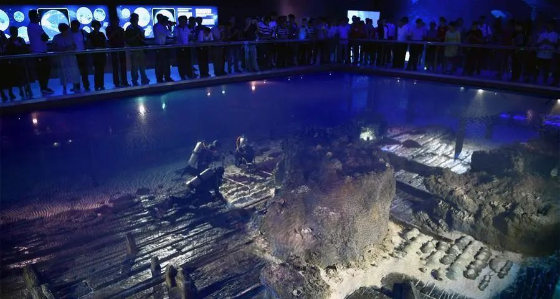
"Huaguang Reef I" shipwreck. Photo by Guo Cheng, Xinhua.
When the museum opened in 2008, pieces of wood from the boat and some of the pottery it was transporting were put on display. Focusing on piecing the hull together, a second phase of restoration work began in 2023 and is expected to take around three years. "Underwater archeology and restoration work are far more complicated than people imagine. It really shouldn’t be surprising that it has taken more than ten years to get to this point." said Bao Chunlei (Hainan Provincial Museum Cultural Relics Protection and Restoration Department director and research librarian).
The historical and cultural relics that make up the "Huaguang Reef I" shipwreck include the hull and the items which were on board. When it was lifted from the water, the remnants of the hull were about 20 meters long and 6 meters wide. Dismantled into 511 carefully labeled components, the pieces of the boat were transported in batches to the Hainan Provincial Museum for conservation. Adding to conservators’ work, nearly a thousand years beneath the waves has caused substantial decay and huge parts of the ship's structure are missing.
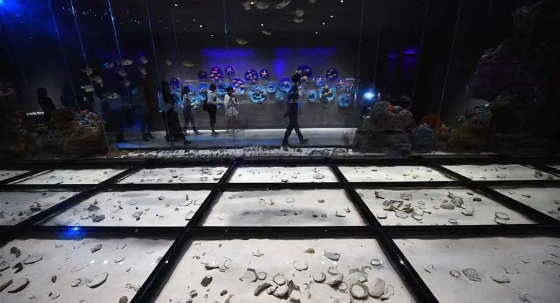
"Huaguang Reef I" shipwreck. Photo by Guo Cheng, Xinhua.
"The first time I saw the ship, it had already been dismantled for transportation and it was difficult to imagine what it would look like once put back together," said Director Bao. "After so much time submerged in salt water, our conservation work isn't just reassembly, it's also about making sure that exposure to air doesn't cause further decay.”
In addition to hull repairs, there are also thousands of pieces of trade porcelain that were found in the hold. Found scattered across an intertwined sedimentary layer of sea sand and coral, some pieces of porcelain are damaged while others have fused together. As with everything else from the wreck, the conservation work is substantially more intense that normal dry-land archeology.
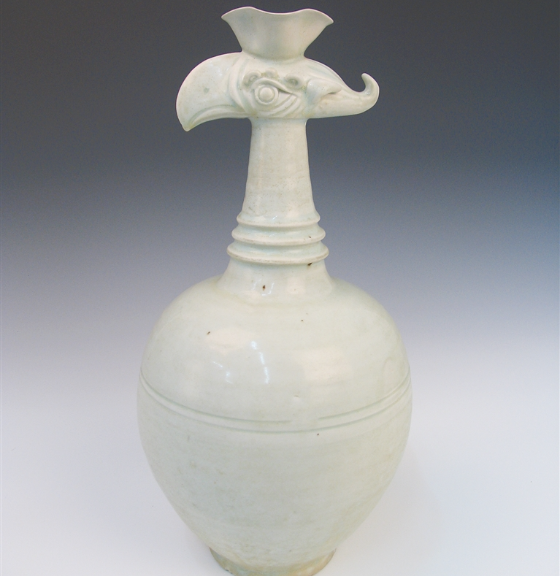
Song Dynasty (960 - 1279) celadon glazed porcelain vase provided by Hainan Provincial Museum
Confidently showing off the completed work (including desalination and desulfurization) of tens of thousands of items, staff are getting ready for the next stage of conservation and restoration work which will mostly involve drying and reassembling the hull. A first in Chinese underwater archeology, the conservation work being down on the "Huaguang Reef I" wreck will provide a reference experience for future protection of marine relics.
Using 3D scans, staff from the museum have built a three-dimensional model of the ship that shows what it would have looked like before it sunk.
Over the past 15 years, the museum has completed the construction of specialized climate-controlled warehouses for the relics from the wreck, completed a comprehensive information survey on everything taken from Huaguang Reef, and set up a cultural relics database ...
Since the opening of the Hainan Provincial Museum in 2008, staffers have poured countless hours of blood, sweat, and tears into the collection and into making it more accessible to the public.
Overseas Chinese Architecture in Hainan ④: Shibahang Village’s Code of Unity
05:47, 27-June-2025World Insect Week: Fantastic Flying Creatures in Hainan’s Rainforests
05:47, 27-June-2025Yangpu International Container Terminal Opens Direct Shipping Route to India
05:47, 27-June-2025It's time for Hainan "Village VA"!
03:13, 26-June-2025Surprise Delivery of Hainan Gifts!
03:13, 26-June-2025One invitation and they came to Hainan right away! Look, they are arriving!
03:12, 26-June-2025By continuing to browser our site and use the services you agree to our use of cookies, Privacy Policy and Terms of Use. You can change your cookie settings through your browser.


